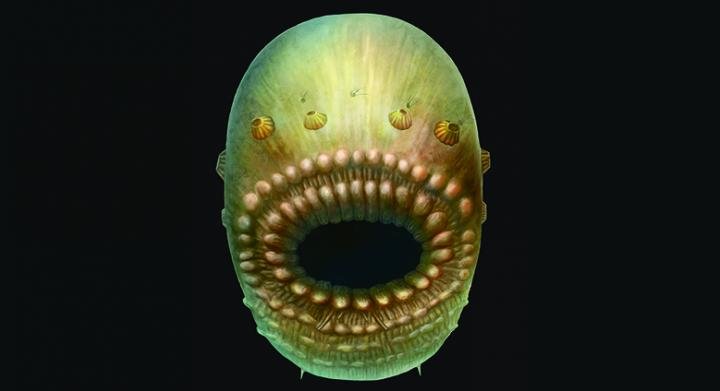- New interface allows locked-in people to communicate: The terrifying prospect of not being able to communicate has become less scary with the advent of a new interface, allowing thoughts to be deciphered. Participants in the tests have been reported as being “happy”, despite their condition. To read more, click here.
- Humans’ oldest known ancestor discovered: You might initially think this is in reference to an ape-like ancestor but we’re going even further back than that. Researchers from St John’s College, University of Cambridge have uncovered fossils of a microscopic bag-like sea creature that lived around 540 million years ago. To read more, click here.
- Heavily theorised metallic hydrogen becomes reality: Theorised nearly a century ago, metallic hydrogen has been created by scientists from Harvard University. Its potential is vast and could answer questions regarding the nature of matter, as well as being a room temperature superconductor. To read more, click here.
- Existence of time crystals revealed: When you think of a crystal you’d probably normally picture a diamond, or semiprecious gem, with a repeating lattice structure. However, research teams from the University of California have shown that some crystals can repeat in time, instead of space, making this the first example of a non-equilibrium form of matter. To read more, click here.
- Evidence of holographic universe found: As if this collection wasn’t strange enough; buckle in, this is going to get weird! After studying irregularities in the cosmic microwave background radiation, scientists have found evidence of a holographic phase of expansion in the universe’s past where space and time weren’t well defined. Professor Kostas Skenderis of the University of Southampton explains: “Imagine that everything you see, feel and hear in three dimensions (and your perception of time) in fact emanates from a flat two-dimensional field. The idea is similar to that of ordinary holograms where a three-dimensional image is encoded in a two-dimensional surface, such as in the hologram on a credit card. However, this time, the entire universe is encoded!” To read more, click here.
Sam McMaster
Science Editor
(Image courtesy of S Conway Morris / Jian Han)

